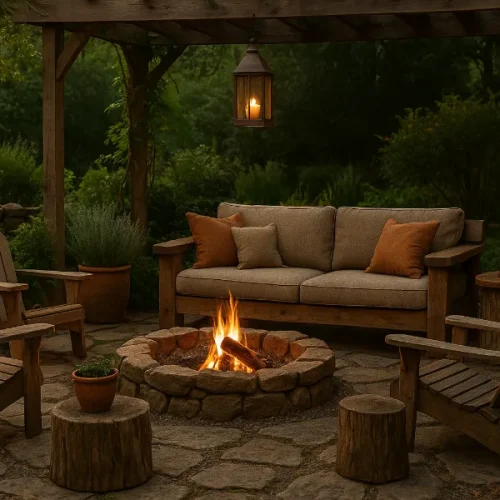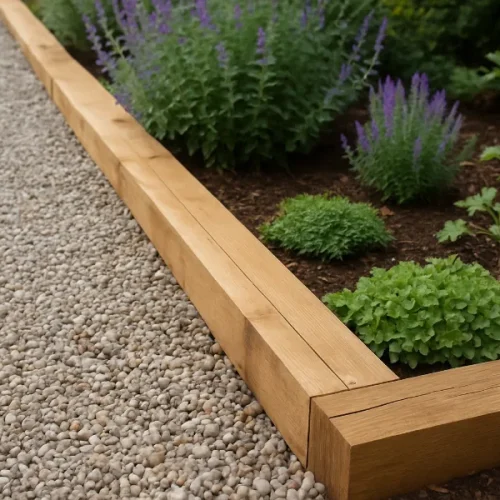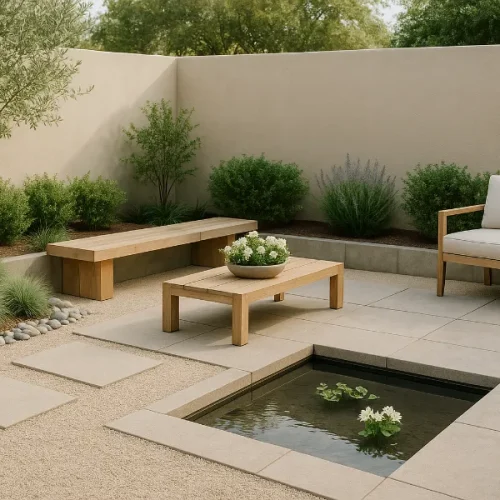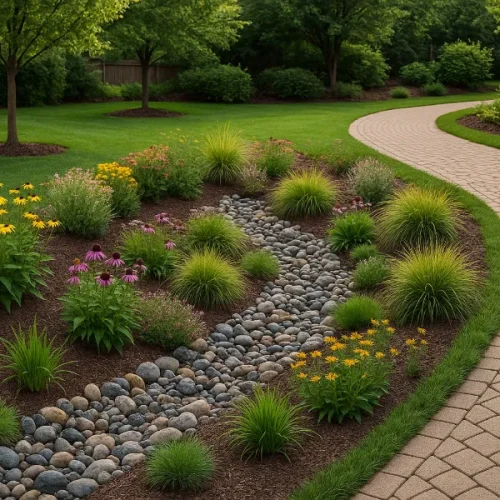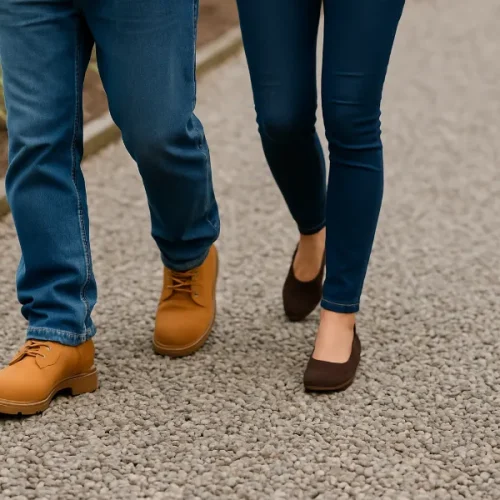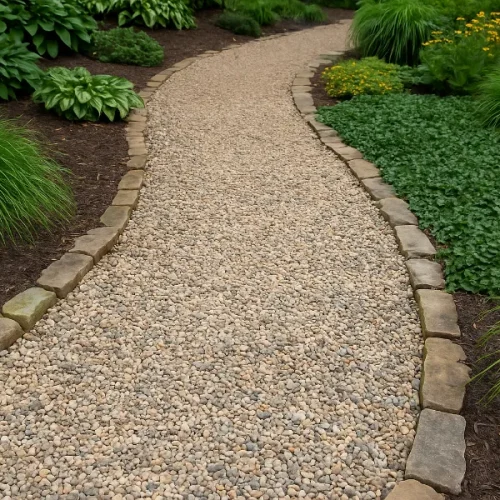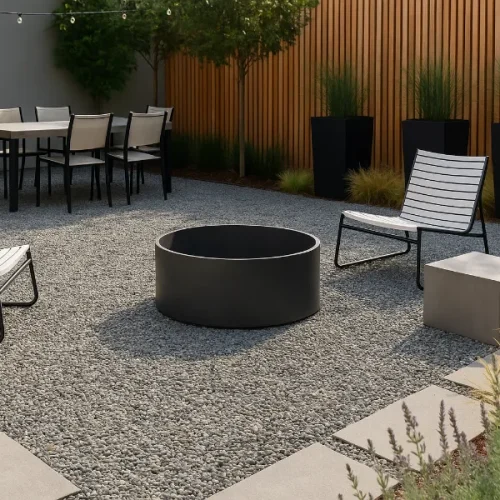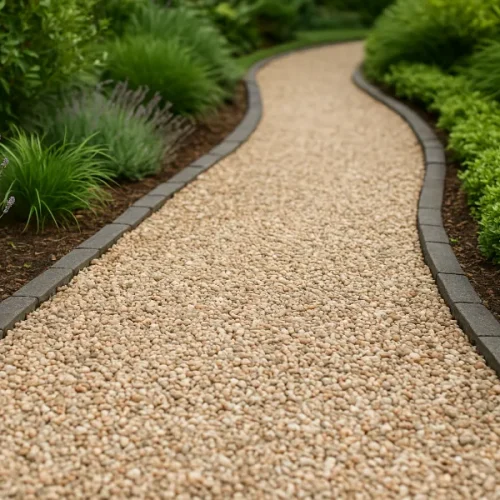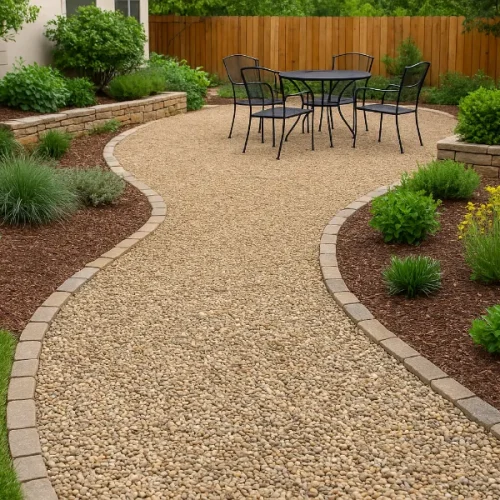
Small outdoor spaces often feel like puzzles waiting to be solved. They may appear limited at first glance, but they hold tremendous potential for creativity. Designing a small space requires thoughtful choices rather than sheer volume of materials or plants. Every detail counts: the angle of a chair, the type of planter, the height of a shrub, and even the texture of the path beneath your feet. The goal is to transform the space into an inviting retreat that feels open, connected, and intentional, even when the square footage is minimal.
This guide explores principles and techniques to design small outdoor spaces that feel comfortable, functional, and visually engaging, including plant selection, layout, lighting, privacy strategies, and sensory layering.
Understanding the Space
Before changing anything, spend time observing your outdoor area. Understanding what the space naturally wants to do is key to designing it well.
Consider:
• Where the sun lands throughout the day
• Existing shade from walls, fences, or neighboring trees
• Views you want to highlight or hide
• Where movement naturally flows
• How much time you can commit to maintenance
This initial observation helps ensure you choose plants and furniture that will thrive and feel harmonious. It prevents overcrowding and lets the space maintain a sense of ease rather than complication.
Maximizing Space Through Layout
In small outdoor spaces, layout is one of the most important design decisions. Thoughtful placement of furniture, plants, and pathways can significantly expand the sense of openness.
- Keep the Center Open
By arranging most furniture and planters along the perimeter, movement becomes fluid and the space appears larger. - Establish One Clear Focal Point
This could be a potted olive tree, a compact seating area, a small fire bowl, or a sculptural planter. A focal point organizes the space and helps the eye rest. - Use Soft Zoning
Instead of walls or barriers, use:
• Outdoor rugs
• Changes in ground material
• Clusters of planters
Even a tiny patio benefits from subtle zoning, especially when different activities reading, dining, gardening happen in one place.
- Direct Flow on a Diagonal
Diagonal placement creates a sense of extended depth. A lounge chair or planter angled slightly can make the space feel longer than it is.
Small Space Planting Techniques
Plants bring life, texture, movement, and calmness. In small spaces, selecting the right types and layering them thoughtfully is essential.
Choose plants in three visual categories:
• Structural plants (anchors): small trees, bamboo, dwarf conifers, evergreen shrubs
• Seasonal accent plants: flowering perennials, ornamental grasses, herbs
• Ground-level or trailing plants: creeping thyme, sedums, ivy, vinca minor
One effective strategy is to use fewer plant species but repeat them. Repetition brings visual unity and prevents the space from feeling busy.
Compact and dwarf plant varieties are ideal, avoiding overcrowding or constant pruning.
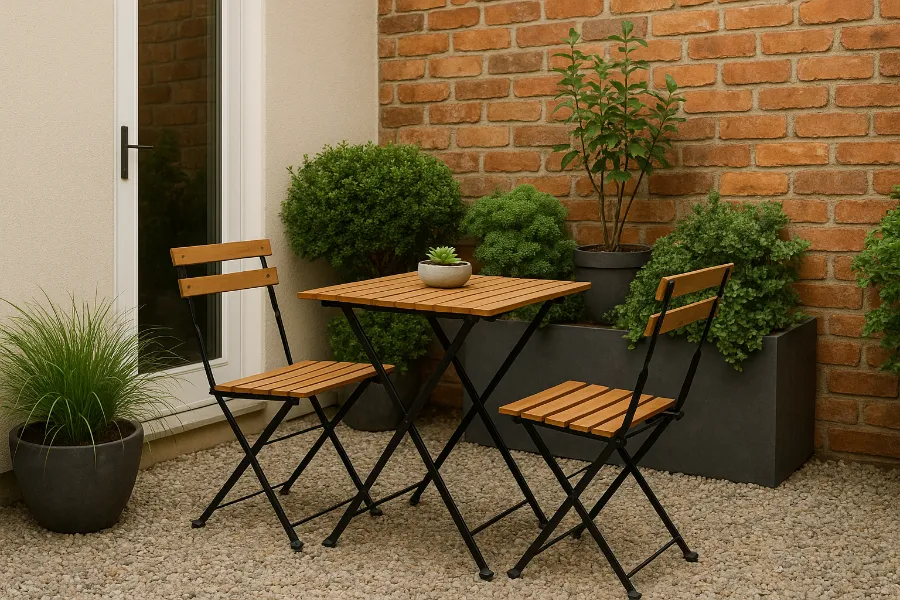
Vertical Gardening: Using Height as a Design Tool
When floor space is limited, the walls become valuable. Vertical gardening allows greenery to grow upward rather than outward, adding lushness without reducing usable space.
Techniques include:
• Trellises for climbing jasmine, wisteria, or star jasmine
• Wire or mesh grids for creeping fig or ivy
• Tiered shelving for herbs or succulents
• Wall-mounted planter boxes
• Hanging baskets with trailing vines
Vertical gardening also increases privacy, softens harsh walls, and creates visual layers.
For more background on vertical planting design, see the actual resource:
Container Gardening Strategies
Containers give flexibility. They allow you to rearrange, experiment, or refresh the look seasonally.
Guidelines:
• Choose fewer, larger planters to reduce clutter.
• Combine different heights for depth.
• Use similar colors or materials for planter unity.
Containers are also ideal for growing trees in small spaces. Popular small-space container trees include:
• Japanese maple
• Olive tree
• Dwarf citrus
• Dwarf spruce
• Bay laurel
These plants add structure and elevate the space visually.
Lighting for Depth and Mood
Lighting can transform the atmosphere, especially at dusk. Instead of one strong overhead fixture, layer soft lighting.
Lighting ideas:
• String lights overhead to widen perceived height
• Lanterns and candles for warmth and intimacy
• Solar stake lights to guide pathways
• Wall-mounted outdoor sconces for subtle brightness
The goal is not brightness—it is glow. Soft, layered lighting expands the sense of depth while inviting evening relaxation.
Furniture: Scale and Flexibility
Furniture must be appropriately scaled to the space. Oversized pieces overwhelm small areas, while small, movable, or dual-purpose furniture adds ease.
Look for:
• Folding bistro chairs
• Narrow benches along walls
• Modular sectional seating you can reconfigure
• Ottomans that can double as tables
Bench seating against a wall is especially space-efficient and can also provide hidden storage for cushions and tools. Choose furniture with open legs or visible bases to maintain a sense of openness. Solid blocky furniture tends to visually shrink a space.
Layering Textures and Sensory Atmosphere
A memorable outdoor space engages the senses.
Ways to introduce texture and sensory detail:
• Combine smooth stone with warm wood or wicker
• Use outdoor rugs to soften and define space
• Add rustling grasses or leaves for sound
• Incorporate fragrant herbs like rosemary, sage, lavender, or mint
• Allow dappled shade patterns to play across surfaces
These subtle sensory cues create a cozy, intimate feeling that makes small spaces come alive.
Water Features in Small Areas
A water feature doesn’t need to be large. Even a small tabletop fountain, birdbath, or ceramic bowl with floating leaves adds motion and sound.
Water in small spaces:
• Acts as a micro focal point
• Adds reflective light
• Encourages relaxation
If space allows, a small wall-mounted fountain or a simple bubbling pot is ideal.
Balconies and Rooftops
Balconies often have different environmental challenges, such as wind exposure or weight limits.
Balcony-friendly strategies:
• Use vertical screens or bamboo fencing for privacy
• Choose lightweight planters or resin containers
• Use hardy, wind-tolerant plants like rosemary, lavender, grasses
• Add a compact café table for morning coffee moments
Even small balconies can feel like elevated escape spaces with thoughtful choices.
Privacy Without Clutter
Small outdoor spaces often sit close to neighbors, so privacy becomes essential. The goal is to soften visibility—not create a fortress.
Privacy techniques:
• Tall grasses or dwarf bamboo in long trough planters
• Trellises with climbing greenery
• Outdoor curtains that sway in the breeze
• Wooden slat screens that filter light
Filtered-view privacy feels gentler and more natural than solid barriers.
Low-Maintenance Design Considerations
Thoughtful plant selection and organization reduces maintenance demands.
Low-maintenance tips:
• Use climate-appropriate plants (native when possible)
• Install drip irrigation or self-watering planters
• Apply mulch or ground cover to reduce weeds
• Choose durable furniture and weather-resistant textiles
For guidance on planting approaches that reduce maintenance and help manage stormwater, see the U.S. Environmental Protection Agency’s resource on green infrastructure.
This type of approach can increase sustainability while keeping upkeep manageable.
Personalizing the Space
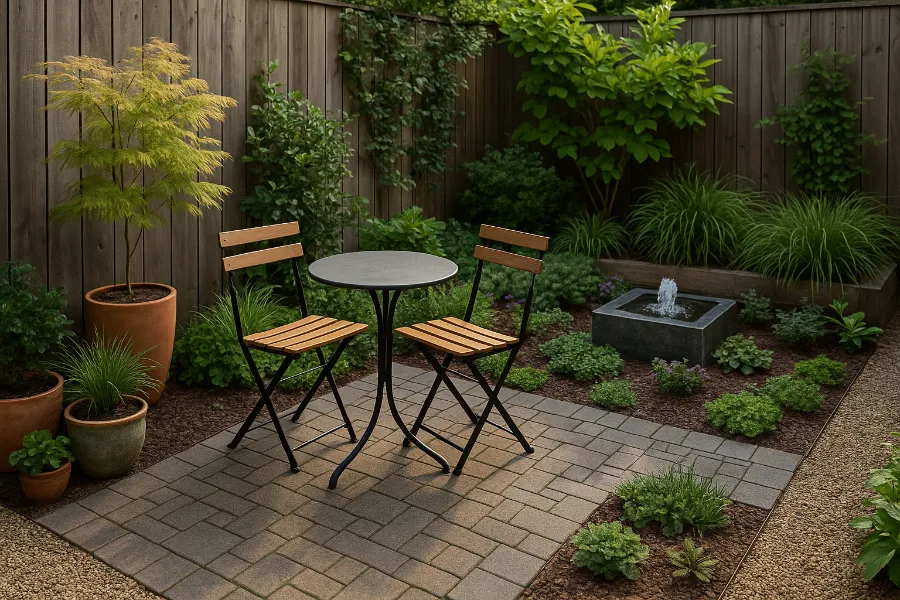
Small outdoor spaces shine when they feel personal.
Consider:
• A hand-thrown ceramic pot
• A favorite reclining chair
• Candles and lanterns for evening ambiance
• A corner shelf for small objects collected from travels
• A mini herb garden just outside the kitchen door
Think of how you want the space to feel:
• Peaceful sanctuary
• Social gathering nook
• Creative reflection spot
• Morning coffee retreat
Design choices should support that emotional intention.
Final Thoughts
Designing a small outdoor space is not about fitting more into the area. It is about choosing elements that work together to create harmony. When the layout is thoughtful, the plant palette intentional, and the atmosphere layered with sensory richness, a small space becomes a calming extension of home.
Small outdoor spaces encourage stillness, conversation, and connection. With attention to detail and an appreciation for the intimate scale, they become places to return to again and again places where the day slows down, the air feels softer, and life feels just a bit more spacious.
FAQs
Use vertical gardening, keep furniture against the edges, and limit the number of different materials and plant types to avoid visual clutter.
Dwarf shrubs, compact trees, herbs, and vertical climbers like ivy, jasmine, and clematis work well in tight areas.
Instead of many plant varieties, choose a few species and repeat them to create a cohesive, less crowded look.
Opt for foldable chairs, bistro tables, benches along walls, or modular seating that can be reconfigured.
Yes. Choose container-friendly small trees like dwarf citrus, olive, bay laurel, or Japanese maple.
Use climbing plants, tall grasses in planters, outdoor curtains, bamboo screens, or trellises.
Yes. A tabletop fountain, small bubbling pot, or wall-mounted fountain provides ambiance without taking up much room.
Use soft, layered lighting like string lights, lanterns, and solar garden stakes to create warmth and expand the sense of depth.
Gravel, stone pavers, decking tiles, or small patios of concrete or brick help define zones while keeping the design simple.
Choose climate-suited plants, use mulch, install drip irrigation or self-watering planters, and keep plant choices limited and consistent.


